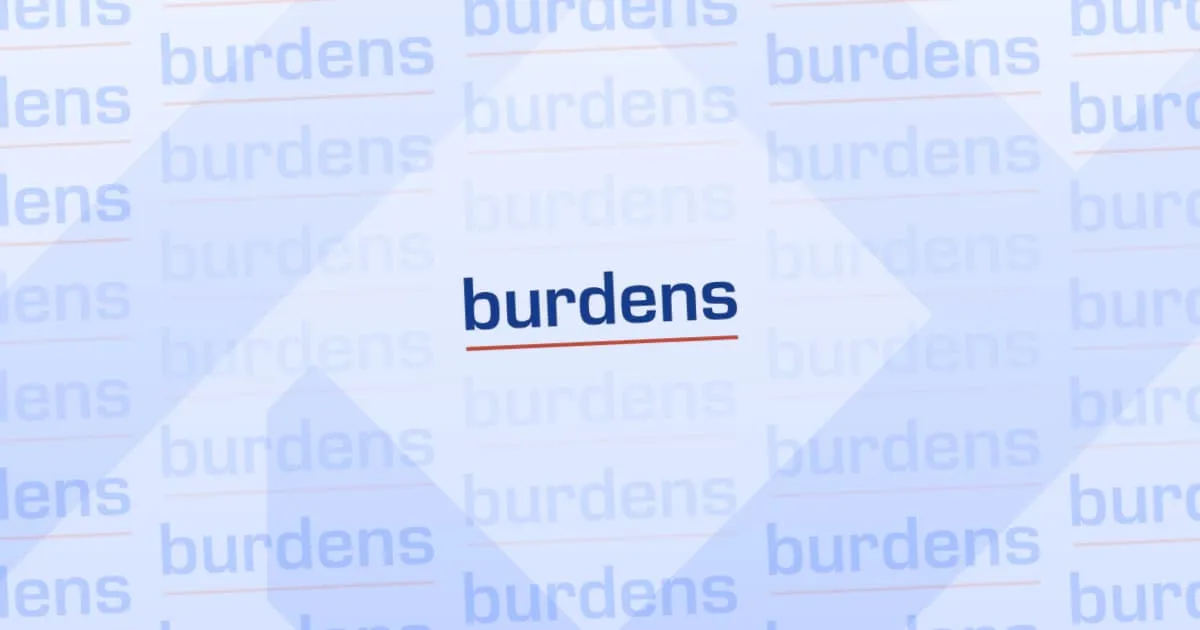Tradie Tips: 7 Ways To Improve Your Invoicing Process

It should go without saying that in order to get paid, you need to be invoicing. However, too often we hear stories of electricians simply forgetting to bill their clients, and sadly, not all customers are honest enough to chase you up if this is the case. Without payment, your business will pretty quickly cease to exist, which is why establishing and maintaining a formal invoicing system is crucial for the success of your company. This doesn't have to be a complex task. To prove it, we've compiled a list of tips and tricks that you can try out to minimise the stress of invoicing.
1. Make it Routine
Whether it's at the end of each week, at the end of each day, or each job, you need to get into a good habit of invoicing regularly, and it needs to be prompt! If you want your business to succeed, invoicing needs to become habitual for you - sorting your accounts when you remember to just won't cut it. Although it's nobody's favourite task, if you put off invoicing for too long, you run the risk of forgetting to bill a client entirely and running a loss for that job. On the other hand, if you're lucky, a client may reach out to you requesting an invoice. However, this makes your business appear disorganised and more importantly, unprofessional, meaning you risk losing ongoing business with the client in the future.
2. Keep Good Records
Regardless of what you're using, it's important that you make a record of everything job-related. If you're one of the few that are still using spreadsheets and keeping a paper trail to manage your invoicing, consider uploading all documents to a cloud storage provider such as Google Drive, One Drive or Dropbox, and organising the folders by the job name or address. Even taking photos of receipts or important documents and uploading them can save you in the long run (although scanning is much better!). By doing this, there's less of a worry about losing important papers, and you can access and share them when you're on the run.If you're managing your business finances through accounting software, job management apps or a combination of the both, that's even better! Either way, be sure to take note of every expense for the job and keep a good record of hours spent (whether you charge by the hour or not) so that when it comes time for invoicing, you'll have everything filed away nicely should any questions arise from the client.
3. Establish Clear Terms of Payment
Don't make the clients work too hard to pay you, because odds are, they won't. Make it easier for clients and list your business's terms of payment clearly on all invoices. This information should include the due date, the payment methods that you accept (as well as the details for each), and if you have any repercussions for later payments, list them! On top of this, you should also make sure that your company's contact details are found on the invoice as well. Should there be any discrepancies or problems making payments, the client needs to be able to get in touch with you.
4. Know Where to Send the Invoice
Prior to starting the job, make sure that you have the correct details for the person that's in charge of accounts. Even if you're just completing residential work at a family home, more often than not, one person in the house tends to take responsibility for financials. Ensure that you have their contact information correct so that when the job is complete and it's time to invoice, there's no messing about. There's nothing worse than having your invoice go through a string of people to make it to the right inbox - not only does it delay your payment, but you also risk it getting lost entirely, meaning you have to start the process again. Get it right from the start and save yourself the hassle!
5. Making Paying Easy
Don't place limits on your clients in terms of the ways that they can pay you, as it may put delays on the process. Aside from traditional methods such as cash or cheque, you should always allow for credit card payments so that your client can pay easily and securely. This can be done by downloading payment apps and using portable chip readers such as Square or PayPal. Other alternatives include receiving bank transfers and accepting payment through BPAY or PayPal.On top of this, if you're using job management software, you may be able to accept payment straight through this. For example, Trak integrates seamlessly with Stripe to make it easier for users to take automatic credit card payments.
6. Follow Up
Once you've sent out your invoice, don't let that be the end of it. Shockingly, paying bills isn't always at the forefront of everyone's mind, so it may take a couple of attempts to get payment from your client. Set up reminders to match your terms of payment. For example, if you request payment be made within two weeks, write a reminder in your diary, or set one of your phone or trade management app to check up on the client's payment the day before it's due. If it's already been made, just clear the reminder, and if you haven't already, send them a note to confirm that payment has been received. If no payment has been received, follow up with the client and send them a friendly reminder that it's due. If you have a procedure for late payments, be sure to remind them of this as well out of courtesy. Set further reminders for follow-ups with the client until payment is received.
7. Automate the Process
There are a number of invoicing systems on the market that take the hard work out of the process for you. Accounting systems such as Xero and MYOB will keep track of all your finances, and all you to invoice clients directly. Apps such as Trak allow you to manage the entire process of the job, from start to finish, enabling you to generate professional invoices in seconds, and send them off to clients directly.If you're struggling with maintaining good invoicing habits and noticing your business suffering as a result, try out Trak for free here. Make the entire process simpler for you, and simpler for your clients.
Click here to check out the Trak blog for more articles.
Here's some related posts.



Why Integrating your Accounting Tools with Job Management Software is a Game-Changer for Tradies



Why Mobile Access to Job Information is a Game Changer for Tradies



